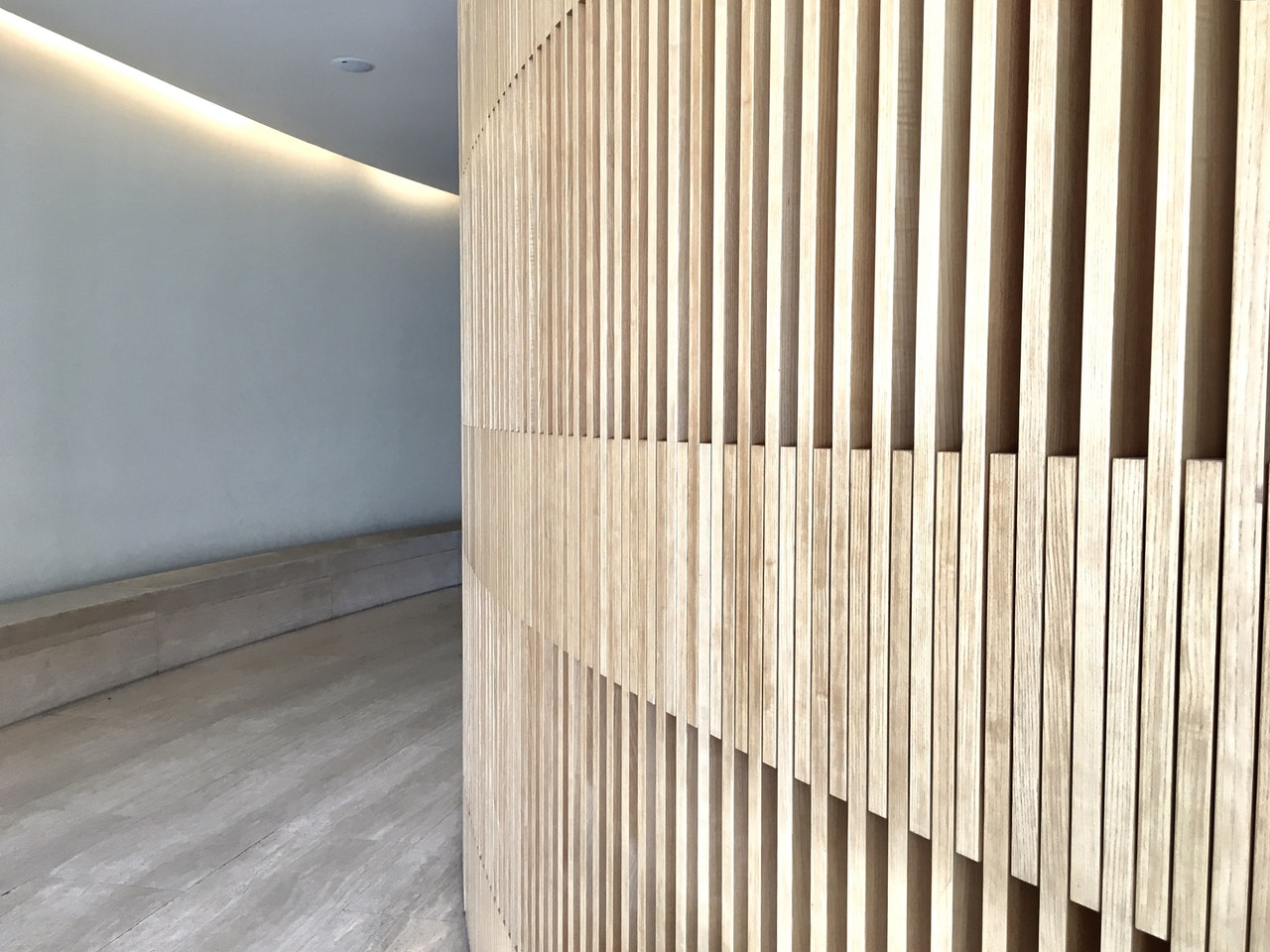

Can Waterjets Cut Wood
Waterjets are becoming one of the most popular methods of material cutting. They seem to be capable of accomplishing the unthought of. But are they really that great? Can they really cut virtually anything? Are they really all they are hyped up to be? The answer is yes.
Many people seem to be confused about the wonders of the waterjet. One of the most common questions and myths we come across is that waterjets cannot cut wood, and if they can it will ruin the material. This is just blatantly false, and it’s time we officially debunk this myth.
So Can They Cut Wood?
The answer is yes! Waterjets can cut virtually anything such as metal, ceramic, stone, glass, foam, plastic, and, you guessed it, wood!
There are many reasons people think that waterjets cannot cut wood:
Wood’s resilience would deflect the impact
Using an abrasive garnet mixed with water, and the extremely high pressure (up to 60,000 psi) of the waterjet, the stream is strong enough to penetrate the wood and cut materials up to 5” thick at speeds of up to 600”/minute.
Wood splitting
Waterjets are as delicate and controlled as they are asked to be. Our CNC (computer numerical control) waterjets do as we program them to, and cut at a controlled and precise pace that will not harm the material.
Wood absorbs the water
Due to the high velocity and pressure, the stream of water is accelerated through the material so quickly that there is no surface wetness. Any legitimate professional waterjet should be able to get the job done without excess water coming into contact with the material being cut.
Wood gets delaminated
By working at such high pressure, the risk of delamination diminishes. While cutting, abrasive waterjets cut with no delamination.
Wood doesn’t have a smooth, finished edg
Our CNC waterjets provide close tolerance, distortion-free parts with superior edge quality, no burrs, and little need for secondary finishing.
How Does it Work?
Here are the steps we take to make your product perfect:
A 3D technical drawing is created by the computer software, known as a mechanical design automation (MDA) or computer-aided drafting (CAD).
We enter your basic cutting parameters such as material type, thickness, and desired edge finish.
Once the program is loaded with the correct data and information, the program is vetted to insure that the proper speeds, offsets, and other parameters are as they should be to ensure the part is geometrically correct.
If everything goes according to plan, the process is set in motion and the machine does the rest of the work to create the exact product.
What If There Are Knots In The Wood?
It is always best to use a high quality piece of wood when working with heavy machinery cutting techniques such as waterjet cutting. It is best to work with wood that is free of knots.
Not only can it be more expensive and wasteful to work with knots, but it can damage the final product. It is possible to calibrate the machine to cut through the knots, but will waste resources using overkill force on all the areas without knots. This uneven pressure caused by the increased settings could alter your final product.
Why Are Waterjets The Best Choice?
Compared to other techniques, waterjets might actually be your best bet. Our CNC waterjets have many advantages in their cutting method that other techniques don’t have. Our waterjets are:
- Cost and time efficient
- Highly tolerant and cut precisely
- A cold cutting process that doesn’t result in burned edges or HAZ (Heat affected zones)
- Environmentally friendly
- Smooth finishers – they don’t cause distortion, discoloration, or delamination
- Capable of cutting wood, and virtually any other material
- Safe – there are no toxic fumes, deposits or carbon buildup
If you’re looking for the best woodcutting technique, consider CNC abrasive waterjet cutting. Avoid the expensive scorching process that laser, plasma, and EDM cutting provide. For more information about waterjet cutting and other services that Cutting Experts can offer you, contact us at (800) 530-9051 or request a quote.

